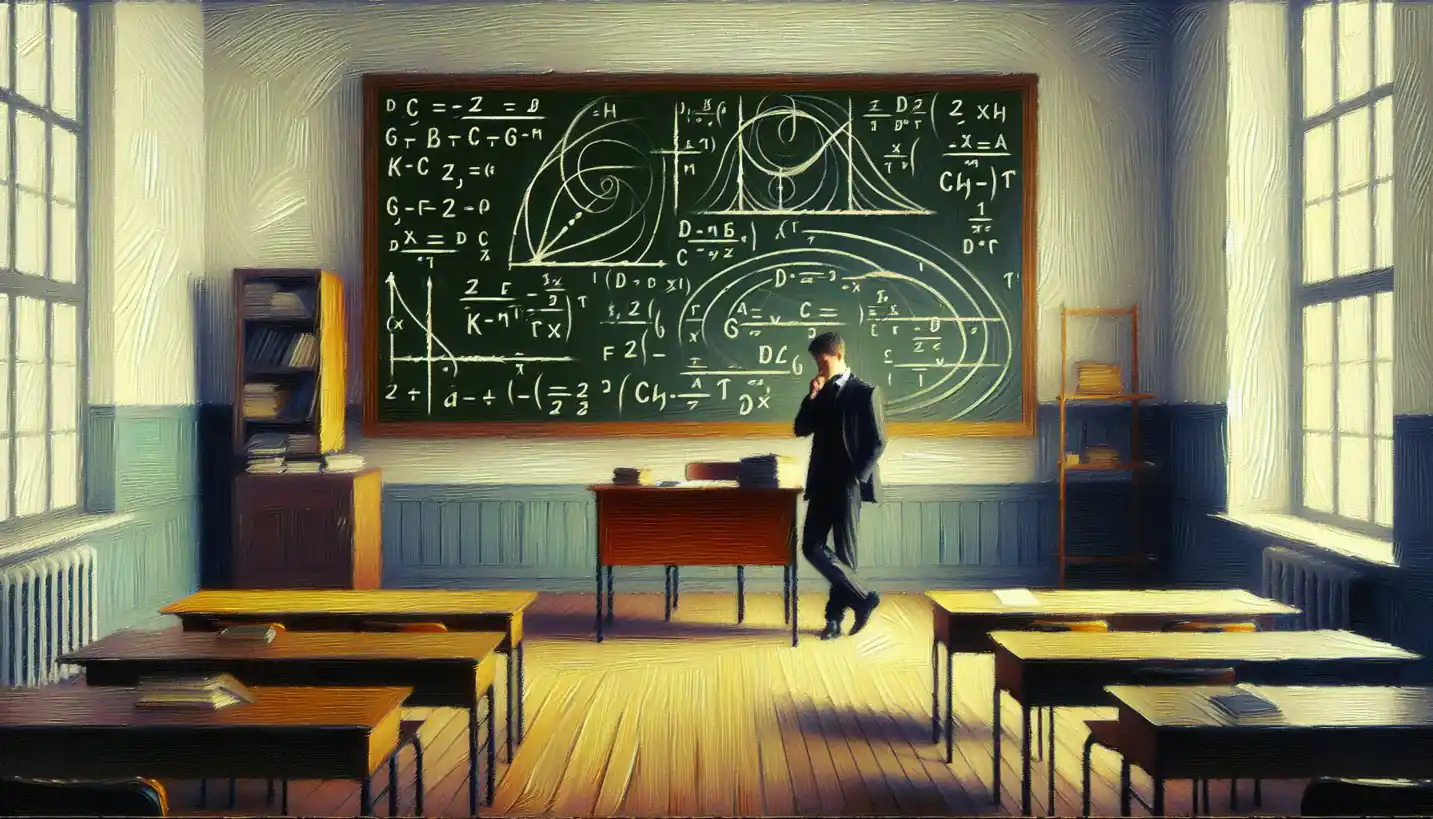· Physics · 4 min read
Microstate: Unlocking the Secrets of Thermodynamics
Explore microstates to uncover how individual configurations contribute to a system's energy state.

Imagine a bustling city street filled with people, each going about their day in unique ways. Now, think of these individuals as tiny parts of a larger system. In thermodynamics, this idea translates to something called a “microstate.” But what exactly does that mean?
Understanding Microstates
In the world of physics, particularly in thermodynamics, a microstate refers to a specific, detailed arrangement of all the components of a system. Think of it like knowing exactly where each molecule in a gas is located and what it’s doing at a given moment. The larger picture, known as the macrostate, is what we generally observe—like the temperature or pressure of that gas.
Macrostate vs. Microstate
To put it differently, imagine you’re looking at a book. The macrostate is like describing it as “a book,” but the microstate involves knowing the precise position of every single letter, word, and page. The macrostate might tell you it’s a mystery novel, while the microstate gives you every word of the story.
Why Microstates Matter
Microstates are crucial because they give us insight into the entropy of a system. Entropy is a measure of disorder or randomness. The more microstates available, the higher the entropy. In simpler terms, if a system can be arranged in many different ways and still look the same from a macro perspective, it’s highly disordered.
Entropy and the Second Law of Thermodynamics
Entropy links to the Second Law of Thermodynamics, which states that in an isolated system, the total entropy can never decrease over time. So, systems naturally evolve towards greater disorder—and thus, more microstates. That’s why a dropped egg tends to spread into a mess (high entropy) rather than reassemble into its original form (low entropy).
The Role of Probability
Probability plays a huge role in understanding microstates. Consider flipping a coin. The chance of getting heads or tails is straightforward, but if you flip a thousand coins, the probability of them all landing heads is incredibly small. In thermodynamics, systems tend to settle into configurations with the highest number of microstates—states that are the most probable.
Real-Life Examples
Think about why your coffee cools down if left out. It’s simply moving toward a state with higher entropy—a more probable arrangement of molecules. Or consider a deck of cards. There’s only one ordered sequence possible, but countless shuffled ones. The shuffled deck represents higher entropy, or more microstates.
The Statistical Nature of Thermodynamics
In the 19th century, physicist Ludwig Boltzmann made significant contributions to our understanding of entropy with his formulation that connects the number of microstates to entropy. This statistical approach to thermodynamics reveals that the behavior of systems emerges from the collective behavior of their numerous microstates.
Boltzmann’s Equation
The equation S = k log W, where S is entropy, k is Boltzmann’s constant, and W is the number of microstates, elegantly links the microscopic world with macroscopic observations. This formula underpins the modern understanding of thermodynamics, highlighting the importance of microstates.
The Connection to Quantum Mechanics
Interestingly, microstates are not just theoretical constructs; they have real implications in quantum mechanics. Every quantum system has a set of possible microstates defined by quantum numbers, which determine the system’s properties. This microscopic perspective helps scientists predict the behavior of complex systems.
Quantum Entropy
In quantum systems, entropy can also describe the spread of probabilities across different quantum states. A highly ordered quantum state has lower entropy, akin to fewer possible microstates.
Microstates and Technology
Understanding microstates isn’t just an academic exercise; it has practical implications. For example, in information theory and data storage, the concept of microstates helps optimize how information is stored and retrieved.
Information Theory
In information theory, entropy quantifies the amount of uncertainty or information content. Recognizing the relationship between microstates and this kind of entropy facilitates advancements in computing and data compression techniques.
Future Directions
Researchers continue exploring how microstates influence phenomena in areas like black hole thermodynamics, where the entropy-microstate relationship holds the key to understanding fundamental aspects of the universe. Will such studies unlock deeper insights into the nature of reality itself?
In Conclusion
The concept of a microstate may seem abstract, but it’s a cornerstone of how we understand the universe’s behavior. It bridges the gap between the chaotic dance of tiny particles and the orderly rules governing everything we observe. As we delve deeper into this fascinating concept, who knows what new paradigms we might uncover? After all, every small detail counts when exploring the vastness of the cosmos.



